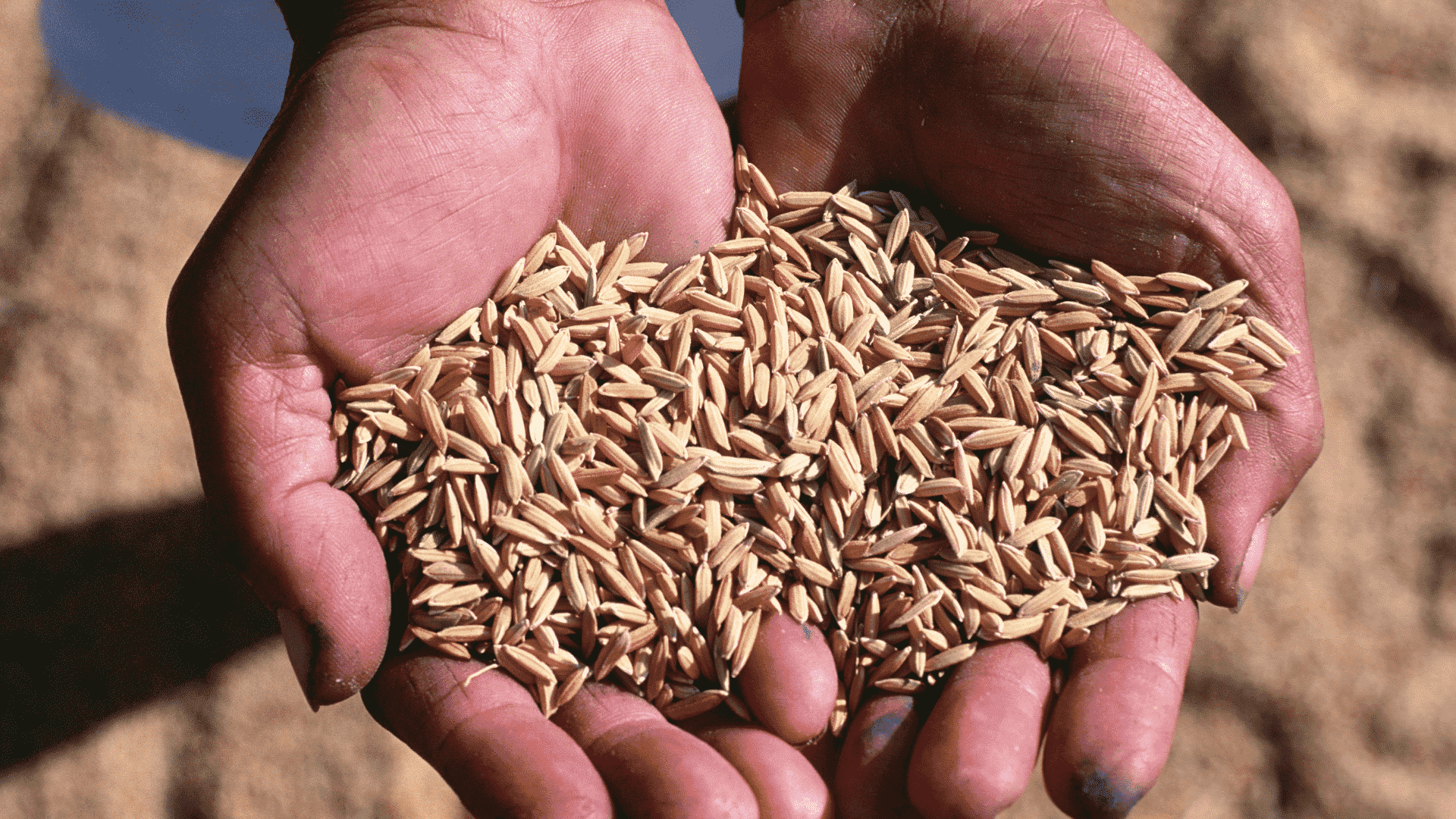Without question, Filipinos are foodies. While our nation is rich in natural ingredients that give local dishes a particular taste, it is unfortunate that many of these crops are on the verge of extinction.
Consider yourself fortunate if you've ever had Ifugao rice. It's rare for Filipinos to have the same encounter since it's created in tiny batches and isn't widely available.
Ifugao tribes produce this delicacy as part of their cultural heritage. Instead of relying on chemical fertilizers like the white rice grown in the plains of Tarlac, Nueva Ecija, and Pangasinan, this highland rice relies on the soil's naturally abundant minerals.
Ifugao rice has a more pronounced, earthy scent than commercial rice. There are a few that even have a roasted chocolate aroma. There is something in the grain's imperfection that tells you about the hands and traditional tools used to remove the husk.
Ifugao rice
Indigenous people from the Ifugao provinces of the Philippines are cultivating valuable historical rice varieties that may only survive for a few more generations high in the Central Cordillera Mountains.
These native grains have been handed down through the centuries. In the highlands, there are hundreds of distinct indigenous rice types. One example is Balatinaw. Balatinaw is a kind of sticky rice. It is very distinctive because of its chocolaty flavor and scent. You can smell it even before cooking. This is used for making Champorado and sticky rice.
All Ifugao rice is cultivated by hand on the Cordilleran rice terraces. The Cordilleras' rice terraces are a UNESCO World Heritage site. These regions represent a cultural landscape in existence. If Ifugao farmers cease planting, the historical place will perish. Therefore, promoting its own heritage rice is vital to protect farmers' livelihoods and preserve this cultural asset.
Cordillera Heirloom Rice Varieties
Ifugao rice is considered heirloom rice. Heirloom rice is a rice variety that has been passed down through generations. They have great nutritional value, taste, fragrance, and cooking quality. Local and international markets strongly demand these cultivars, but the output is small.
The Ark of Taste is a worldwide list of heritage foods at risk of extinction. The Ark aims to protect endangered foods produced ethically, have a particular flavor, and come from a specific ecoregion. It is an initiative of the Slow Food Foundation for Biodiversity that aims to bring attention to and safeguard endangered heritage agricultural types. For a product to be included in The Arc of Taste, it must fulfill certain requirements, including being of distinctively high quality, produced in tiny amounts, threatened with extinction, and connected to the collective memory and identity of the local people.
Several types of Cordillera rice and Ifugao rice are included on the Ark of Taste's list of heirloom crops that are on the brink of extinction. This category includes Ingudpur, Imbuucan, Ulikan, Ominio, and Jeykot Sticky Rice.
The heirloom rice is exceptional. It connects its farmers and communities most fascinatingly. Ifugao rice is a spiritual link to ancestors, who amassed a wealth of knowledge via trial and error and created innovative technologies from their accumulated experiences over centuries. It has become as integral to the culture and character of the region as the magnificent rice terraces that the locals' ancestors sculpted into the mountain slopes.
Women in the Cordillera Mountains have preserved this tradition and identity for centuries. They are the most knowledgeable on seed selection, planting, and harvesting. Chong-ak rice, which is primarily found in the high province of Kalinga, is a cold-tolerant variety that has never undergone official breeding for development. It is a staple rice type used by the Taguibong during significant cultural ceremonies. Chong-ak is often offered during family gatherings before a sick or elderly family member passes away.
In the Ifugao Province, both Imbuucan and Ominio rice types are farmed. Mountain Province also cultivates Ominio rice, typically used for sweets and wine manufacturing.
According to Revitalize Indigenous Cordilleran Entrepreneurial Ventures (RICE Inc.), a Philippine non-profit that aims to maintain the tradition of community rice production, the Ifugao people's culture is inextricably linked to rice growing. Twelve rice ceremonies performed throughout the year define the Ifugao calendar. Each ritual maintains the equilibrium between the people and their environment and ensures a bountiful crop.
Endangered food crops in the Philippines
There are several reasons why food crops in the Philippines have become endangered. Some laws contribute to the restriction of our traditional foods. The Asin Law of 1995, for instance, virtually wiped off traditional salts such as budbud, tultu, etc. Now, about 80% of the Philippines' salt is imported.
It is for the same reason that local rice varieties are becoming uncommon. They cannot compete with the cheaper, imported rice that dominates the market.
Moreover, land grabbing, unlawful conversion of agricultural areas, pollution, and human rights violations against indigenous groups are also severe reasons for vanishing historical food ingredients.
In the Philippines, the lack of funding for scientists and the introduction of non-native exotic species also threaten the survival of heritage food/ingredients.
How to Support and Buy Endangered Ifugao Rice
The most effective method to support these heritage foods is to purchase them.
The internet market is dominated by small manufacturers and retailers of Ifugao rice, as opposed to supermarkets, which large brands control. Additionally, it is pretty helpful if people post about or share these culinary products on social media.
The availability of information and understanding of these unique rice cultivars is limited. Numerous Filipinos are unaware of this heritage food. Therefore, a simple social media like and share goes a long way. Supporting heritage grains encourages food biodiversity and sustainability and safeguards the cultural value and World Heritage Site status of the Rice Terraces of the Cordilleras.
Ifugao and Cordillera rice may be purchased via Apothecary Mix Philippines, the Rice Terraces Farmers Cooperative, and Terraces Bounty.
For more information on Vista Residences, email [email protected], follow @VistaResidencesOfficial on Facebook, Twitter, Instagram, and YouTube, or call the Marketing Office at 0999 886 4262 / 0917 582 5167.










